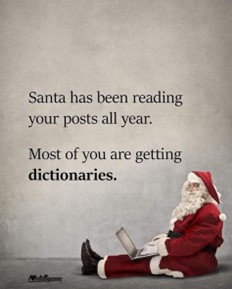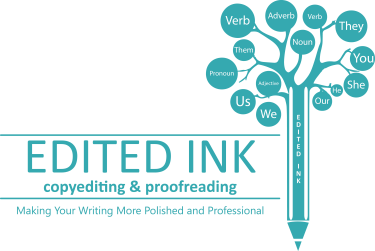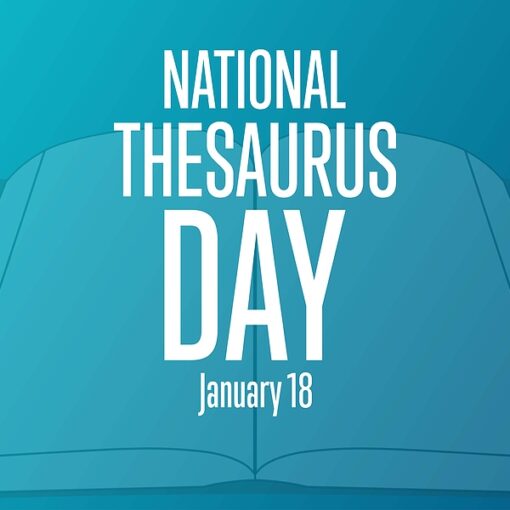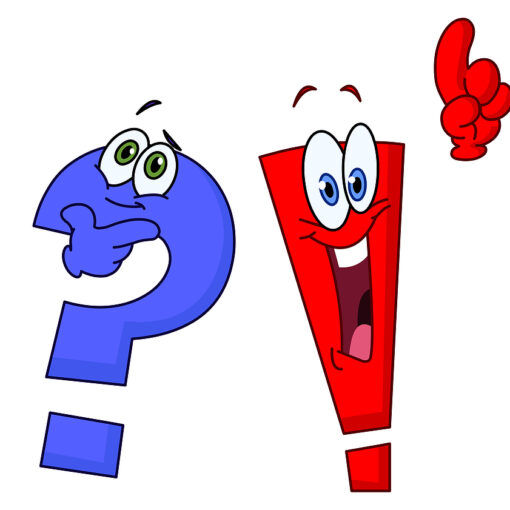Dictionary Day was October 16th and celebrates the birthday of Noah Webster, considered to be the father of the American dictionary. The Meriam-Webster website says this day celebrates language, emphasizes the importance of learning, and encourages readers to use the dictionary to improve vocabulary.

The word “dictionary” was invented by an Englishman called John of Garland in 1220 when he wrote a book Dictionarius to help with Latin “diction.”
The first English book with dictionary in its title was The Dictionary of Syr Thomas Eliot Kynght, which appeared in 1538, and was actually an English-Latin dictionary.
The First Truly English Alphabetical Dictionary
The first purely English alphabetical dictionary was A Table Alphabeticall written by English school teacher Robert Cawdrey in 1604. It seems this and many imitators that followed were unreliable and certainly not definitive. Glossographia by Thomas Blount, published in 1656, contains more than 10,000 words along with their etymologies. Edward Phillips wrote The New World of English Words in 1658, which brazenly plagiarized Blount’s work. This only created more interest in the dictionaries.
Ben Franklin Wrote a DIctionary?
Benjamin Franklin was many things, including an American founding father, scientist, inventor and…..an imbiber. Apparently, Ben really enjoyed a few drinks and chose to reflect on this habit in “The Drinker’s Dictionary,” an article published in the Pennsylvania Gazette in 1737.
One of the Greatest Single Scholarly Achievements
It took almost a century and 663 dictionaries before Samuel Johnson’s A Dictionary of the English Language (1755) provided a more reliable English dictionary. Often called Dr. Johnson, he was a poet, playwright, essayist, moralist, critic, biographer, editor and lexicographer. Johnson was the first to bring all elements together to produce the first “modern” dictionary: 41,773 words arranged alphabetically (rather than by topic, a former popular form of arrangement), each defined in detail and illustrated with quotations covering every branch of learning.
Johnson was the first to make an effort to standardize the spelling of the words, and he added notes on a word’s usage rather than being simply descriptive. But perhaps one reason Johnson’s dictionary was so popular was because he opened his pages to words that people actually used, creating a new trend in lexicography and defined the future of dictionaries. It took six helpers and nine years to produce and was acclaimed as one of the greatest single achievements of scholarship. To give you a frame of reference: in comparison, the French Dictionnarre had taken 55 years to compile and required the dedication of 40 scholars
The American Noah Webster
Before he wrote his dictionary, Noah Webster wrote A Grammatical Institute of the English Language. The work was composed of three parts and included The American Spelling Book (nicknamed The Bluebacked Speller), a grammatical book and a reader. It was one of the best sellers of its time. It is estimated to have sold around 100 million copies and was used to teach American children how to spell for over 100 years.
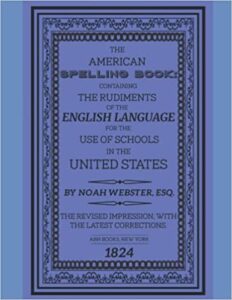
This work was not enough for Webster, apparently, as in 1801 he decided to start work on his American English dictionaries. His first, the Compendious Dictionary of the English Language, was published in 1806 and included around 37,000 entries. The following year, he began compiling an expanded and fully comprehensive dictionary, An American Dictionary of the English Language; it took twenty-two years to complete and contained 65,000 entries, 12,000 of which had never appeared in a dictionary before. Among his innovations was the inclusion of distinctly American vocabulary. He wrote an entry for “skunk” describing it as “in America, a fetid animal of the weasel kind, and another for “hickory” whose etymology has Virginia Algonquian roots. Webster was 70 when his dictionary was published in 1828; it sold 2500 copies. The second edition was published in two volumes in 1840.
Webster considered etymology important, as evidenced by the fact he learned twenty-six languages, including Old English (Anglo-Saxon), German, Greek, Latin, Italian. Spanish, French, Hebrew, Arabic, and Sanskrit, in order to more effectively research word origins. Not only were some of his words and definitions without precedent, so were some of his spellings. He opted to simplify some spellings and to make changes in others to more accurately reflect their phonetic pronunciation. For example, he changed “colour” to “color”, “plough” to “plow”, and “centre” to “center.” It became the defining dictionary of the American language.
Merriam-Webster DIctionaries
Merriam printers and booksellers acquired the rights to revise and publish Webster’s Dictionary from his heirs following Webster’s death in 1843, and the Merriam-Webster Dictionary continues to be published, uninterrupted, to this day. Along with new editions and a growing number of entries, the dictionary has also made its way into the digital age as an online source. It has digitalized the four inch, thirteen and a half pound, twenty-seven hundred page book.
Oxford University Press Dictionary
Johnson’s dictionary remained the English-language standard for over 150 years until the Oxford University Press began writing and releasing the dictionary in parts from 1884 onwards. It took nearly 50 years to complete this huge work; it was released in 1928 in twelve volumes. It remains the most comprehensive and trusted English language dictionary to this day, with revisions and updates added by a dedicated team every three months.

History of the Dictionary (for like-minded history nerds)
The earliest “dictionary” appeared as cuneiform tablets containing bi-lingual lists of Sumerian-Akkadian words discovered in 1200 BCE in what is now modern Syria.
Similar lexicons have emerged in various languages: a 3rd century BCE Chinese dictionary that is the earliest surviving monolingual dictionary; the oldest existing Japanese dictionary from c. 835 CE; a 4th century CE Sanskrit dictionary that lists 10,000 words; a 9th century CE Irish dictionary that contains etymologies and explanations of over 1,400 Irish words; one from 12th century Turkey; a 14th century dictionary between Turkish, Arabic and Persian words; and in 1320, an Indian dictionary that dealt mainly with Hindustani and Persian words.
In medieval Europe, glossaries with equivalents for Latin words in Vulgar Latin (vernacular) were in use before the first appearance of a dictionary. The Catholicon (1287), a large grammatical work with an alphabetical lexicon, was widely adopted and served as the basis for several bilingual dictionaries; it was also one of the earliest books to be printed (in 1450).
The first monolingual dictionary written in Europe was in Spanish, published in 1611; followed a year later by one from Italy; in 1694 the first edition of the Dictionnaire de ‘l’Academie Francaise appeared and is still published, with a 9th edition waiting completion. By the 1800s, there were dictionaries from Greece, Germany, Hungary and Russia.
By comparison, the English and Americans were laggards (they were also “younger” civilizations).
